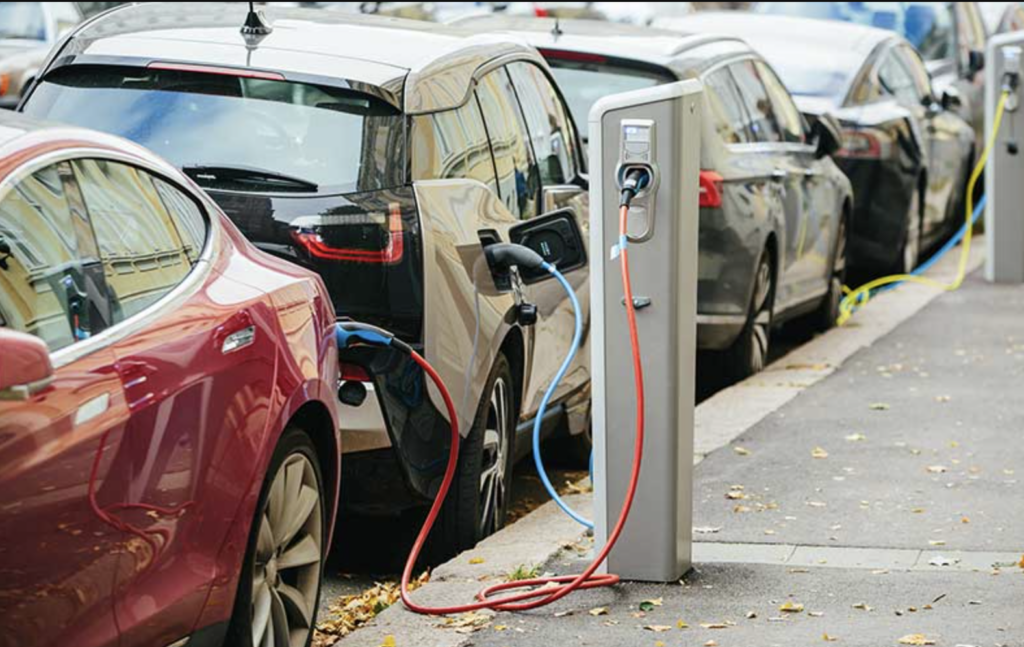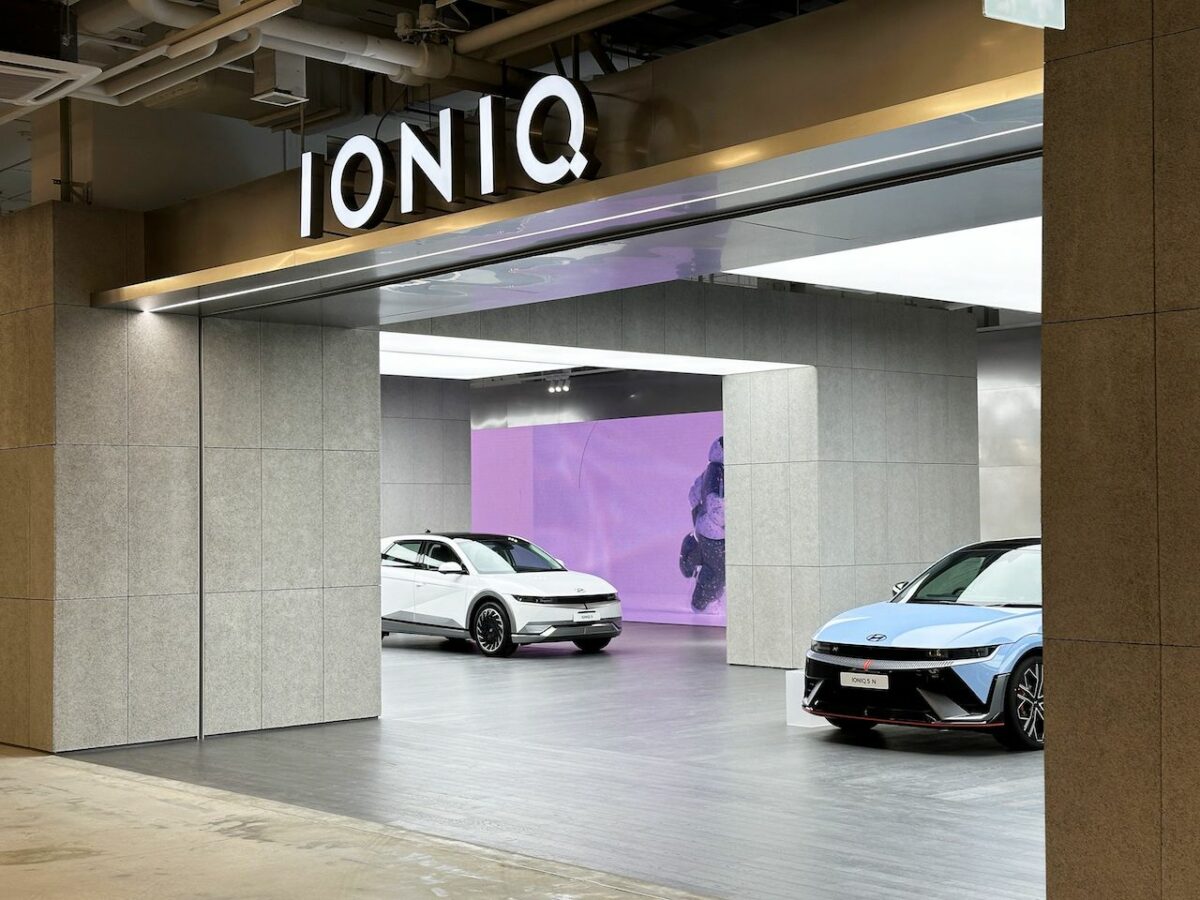There is a global movement towards sustainability, and while transport is a vital sector, it is not without its challenges in this regard. Around the world the move from fossil fuels to alternative fuels and electric has driven both national and business strategies, with a new deal agreed at COP28 calling on all countries to move away from using fossil fuels. However, it was not agreed to phase them out entirely, which is something many governments wanted. The outcome remains to be seen following this announcement, but the sentiment is not new.
The UK, for example, has seen increasing consumer demand and greater availability of electric models. According to Zapmap, there are now more than 950,000 fully electric vehicles (EVs) on UK roads and a further 570,000 plug-in hybrids. The broader global challenge lies in the fact that all countries are transitioning at a different pace.

The European Environment Agency (EEA) found that Germany, France and Norway together accounted for 64% of all new EV registrations among the EU-27 and non-EU EEA countries. Norway had the highest number of new BEVs registered in 2022, making up 79% of new car sales. That figure rose further to about 90% in 2023. The rate of change varies by nation and even region, placing a heightened emphasis on the technology and solutions needed for drivers to manage the transition to electric. There’s development and improvement of infrastructure, charge points, home charging solutions, as well as the vehicles themselves—these are improving all the time but there is still some way to go before we can comfortably say that the world has made the shift.
Many companies in the coalface are being proactive, but governments around the world must step up to the plate and too as they have a vital role to play in driving the use and future incentivisation of EV to businesses. Primarily this should include support to lower the price of fuel. Whether fleets use gasoline, diesel, electricity or, as is increasingly likely, a combination of all of the above, they are all reporting that the prices they pay at the plug or pump are eating away at their profits.
The broader global challenge lies in the fact that all countries are transitioning at a different pace
Beyond fuel pricing, on a practical level the infrastructure to support widespread adoption still needs support. Take the number of charge points for example: while there’s been a huge rise in the number available in the UK, there is much less support for alternatively fuelled vehicles. This is a missed opportunity to significantly improve the sustainability of fleets, particularly for those that use HGVs that cannot use electric charging.
There is also a need for extra support for SME fleets too, as many smaller companies simply lack the ready cash to buy them. This group of fleets make up a significant proportion of vehicles on the road, so giving them incentives to be more flexible with the kinds of vehicles they use would make them more competitive and drive growth. It is this kind of joined up strategy and development that will propel all societies towards a more sustainable future.
The opinions expressed here are those of the author and do not necessarily reflect the positions of Automotive World Ltd.
Paul Holland is Managing Director for UK/ANZ Fleet at FLEETCOR, including UK brand, Allstar
The Automotive World Comment column is open to automotive industry decision makers and influencers. If you would like to contribute a Comment article, please contact editorial@automotiveworld.com



